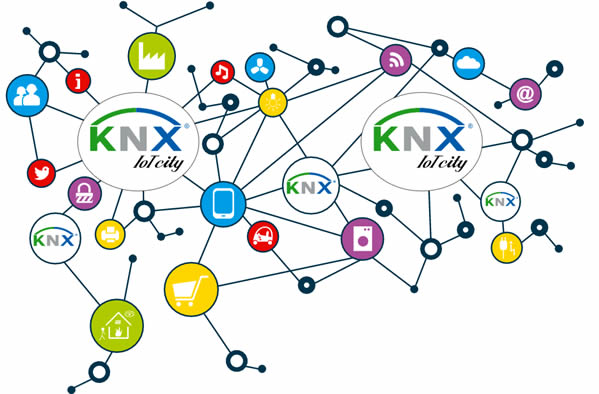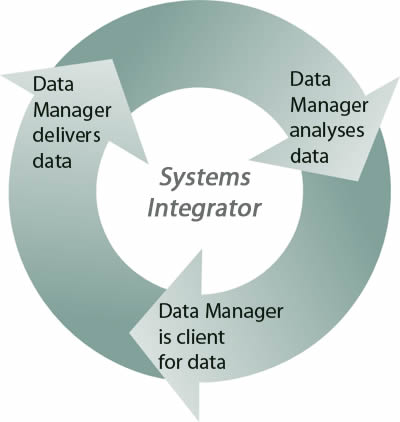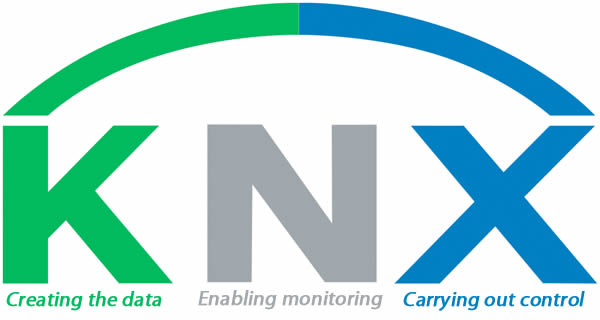 By Paul Foulkes, EchoHouse.
By Paul Foulkes, EchoHouse.
Almost everyone is talking about the Internet of Things (IoT) and data, particularly ‘big data’. I am no expert in this area, but what is evident is that the data people want to see originates in the built environment and has to be extracted. But data alone is useless. Data collection, management and analysis has to be a top-down strategy.
The end user will need specific data to service a particular requirement. That data may be controlled by the end user, but often today, it is managed and delivered by a separate data manager (DM). A DM, regardless of whether they are the end user or a separate entity, can only manage and analyse this data if it is available.
The data can be more cost effective for the client if the data available can have multiple roles. For instance, the data is not only for analysis but is also used within the building to manage that building. The end result is that they can benefit from data analysis and building automation/management. This is where KNX can play a key role in the big data picture.

KNX and IoT
It could be said that there is no direct link between IoT and KNX – they are disparate. But, in a building, or rather a built environment that is using KNX, it is KNX that can act as the bridge – turning what is just data into something that can be used as a building management tool. KNX doesn’t necessarily replace the IoT gadgets, it just manages them, collects the information and collates it into a common format.
Using KNX as the data management tool enables analysis of multiple types of data, without having the cost of additional monitoring equipment. This means more buildings have usable data. Being able to extract the data from multiple sources and manage it with one protocol means a quicker, and more cost-efficient process.
This opens a market for data management. If a DM knows of a building with a suitable BMS, then the owner/operators of that building become a potential client.

Data Management Opportunities
If the data that you require comes from one source protocol it will inevitably be easier to manage that data. By using KNX, a protocol accepted in the construction industry and recognised as the worldwide standard for building automation, the DM can move away from being responsible for the data monitoring install.
The DM can de-risk their involvement by passing data collection from multiple protocols over to an integrator. This integrator would be the company that sets up the system to supply the data. This data would be based around what the end user requires – guided by a knowledgeable integrator.
In some buildings, there is an additional management layer, namely the Facilities Manager (FM), which can affect the data management. The FM may simply manage the building, but they may also carry out the role of DM. That FM/DM role could also be a housing association or any building management company. If they are also the client for the data, then this becomes circular. At that point it is important that the specification for the data is defined precisely – again this is the point at which the input and guidance from an experienced integrator becomes imperative.

Data Value
The data available has any number of uses, some of which may not even be apparent at the moment. It could be used to reduce energy costs, improve efficiency of movement or security. The end result is a more effective building that should have lower running costs or better operating margins. This, inherently gives the data a value.
The DM will be able to monetise the data through appropriate analysis relevant to the end user. Having useful data, easily available, brought together into one protocol will also be a valuable asset. One that will pass through the building management chain – integrator, DM, FM, end user and ultimately the people within the building.
Is KNX the Answer?
No one system will ever be the panacea. But the advantages of KNX are evident. KNX is a two-way system – data and system monitoring goes out; control, both local and remote, comes back.
The Advantages of KNX are:
• It provides one system for all requirements – monitoring and control.
• Any building having a KNX infrastructure will have data available. If the specific data monitoring is not installed then, due to the multi-node bus nature of the installation, putting in additional monitoring is straightforward.
• It is capable of monitoring multiple system points and values using one hardware installation.
KNX does have disadvantages – if the end user or client only wants data harvesting, then using KNX could be cost-prohibitive as it is primarily a building automation system. But, as KNX has very high levels of compatibility, having the KNX infrastructure in place does not preclude additional monitoring – which can be integrated into the building automation.
An integrator who knows that a building is installed with KNX can ensure that if the client demands specific data, they will be able to set up the necessary monitoring and supply that data. The DM can then concentrate on the data analysis, without having to worry about whether the data can be made available. If the integrator can encourage the use of KNX building automation, data extraction can become quicker and easier.

Conclusion
The big question about big data is how to use it. We are currently at the tip of the iceberg as the IoT will certainly move way beyond a fridge that orders your milk. For the IoT to be useful in the built environment however, it must pair itself with a mature, capable data handling system that already has an established reputation. That system is KNX, and we must ensure that these technologies converge rather than diverge.
Paul Foulkes is an engineer and KNX consultant for EchoHouse, with the ambition of integrating technology and community and making our living environment better. He is also a Business Development Manager for Entech Ltd.











